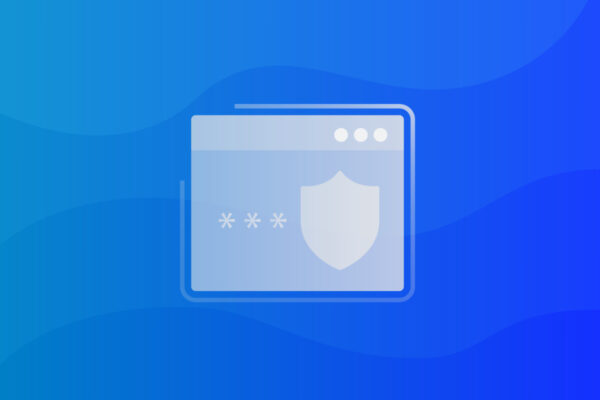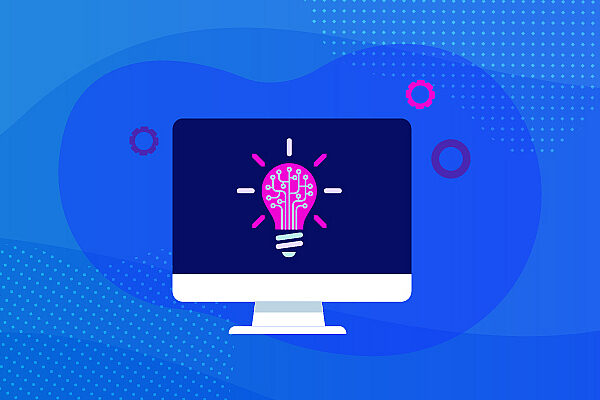How to protect endpoints with a multi-layer security strategy
Malware and ransomware infection rates are increasing year-over-year, with ransomware attacks doubling in 2021 according to the Verizon Data Breach Investigations Report and 50% to 75% of ransomware victims being small businesses. It is more important than ever for MSPs to take a multi-layer security strategy to protect their customers.
Multi-layer defense is about adding layers of security to the environment to ensure you are operating as securely as possible. A typical SMB security stack would look like this:
Email security and advanced threat protection
Endpoint security
Patch management
Ransomware detection
Network security – firewall
Multi-factor authentication
Web-content filtering
Standard user account permissions
Backup and recovery
A key step when MSPs want to ensure their partners are fully secure is to focus on securing endpoints — mainly desktops and laptops. In this blog post, we will cover the key components of securing endpoints in an effective manner.
Email security and advanced threat protection
Because email is still a key attack vector, it is important to have advanced threat protection (ATP) in addition to the basic email security provided by the email provider. Effective pre-delivery email security prevents malware from entering the environment in the first place.
Datto SaaS Defense is designed to stop attacks before they reach the end user, allowing MSPs to proactively defend against a variety of malware that targets not only the Microsoft Exchange inbox, but the collaboration tools inside Microsoft 365 such as Microsoft OneDrive, Microsoft SharePoint and Microsoft Teams.
Endpoint security
Antivirus (AV)
Antivirus software runs automatically in the background on the endpoints in your environment and scans your system for known malware based on established virus definitions. When your AV detects malware, it removes it from the endpoint to protect your organization. While in the past having an AV on each endpoint was enough, this is now considered as just the first step in endpoint security.
Datto RMM ensures antivirus is installed and up-to-date. It is vital for MSPs to have accurate information about the status of antivirus solutions on all endpoints. Datto RMM’s universal antivirus detection not only detects the presence of antivirus solutions on endpoints, but also reports the status of these solutions.
Endpoint detection and response (EDR)
EDR alerts you to suspicious activity that may indicate a malware attack. Real-time alerts aim to reduce the time-to-detection of threats, which can have a significant impact on the chances to recover from incidents such as ransomware. Once an EDR tool has alerted you to suspicious activity, a security analyst will typically analyze the information and choose next steps. More broadly, these tools collect and monitor data pertaining to potential cybersecurity threats to the network. Your team can analyze this data to determine the root cause of security issues and use it to support incident response and management strategies. Recently CISA designated EDR as a critical component for cybersecurity, yet many firms still do not have this capability.
Patch management
Patches are updates to operating systems, software applications and networking devices, built to fix security vulnerabilities. They are crucial to designing an effective cybersecurity strategy because they often close security gaps that could allow bad actors entry into endpoint devices and IT networks. Unpatched vulnerabilities are one of the leading causes of security breaches. To ensure timely deployment of patches MSPs typically use patch management tools that provide them with detailed insights into apps and devices that are potentially at risk.
By using automated patch management tools MSPs can patch multiple endpoint devices simultaneously, enabling them to maintain a consistent security posture across all managed endpoints. Policy-based patching automation also helps MSPs be more efficient by reducing cumbersome manual updates and enhances the service delivery experience by minimizing end-user interruptions. Datto RMM’s built-in patch management engine makes patch management effortless and scalable for MSPs via flexible policies and automation.
Ransomware detection
Datto RMM’s unique Ransomware Detection functionality monitors endpoints for ransomware infection using proprietary behavioral analysis of files and alerts you when a device is infected. Once ransomware is detected, Datto RMM can isolate the device and attempt to stop suspected ransomware processes to prevent the ransomware from spreading. It enables MSPs to monitor endpoints for ransomware at scale, take steps to prevent the spread of ransomware and reduce time to remediation.
Backup and recovery
Your clients may have different needs when it comes to their endpoint security strategy. However, one essential component should be endpoint backup. When other endpoint security measures fail, an updated backup of the device will ensure that you still have access to all necessary information no matter what happens.
In other words, security starts with recovery. It is crucial to backup endpoints in order to allow recovery in case of a cyber incident. Datto Endpoint Backup for PCs enhances endpoint security and acts as a last line of defense by protecting data in case of a hardware failure, accidental deletion, ransomware attack, or another disaster. Datto Endpoint Backup for PCs ensures endpoints can be restored to their pre-disaster state quickly and easily.
By backing up your clients’ data to the cloud, you can ensure their important files are safe and accessible even if their computer is damaged or destroyed. In addition, cloud backup can help your clients comply with data loss prevention (DLP) regulations and keep their business running in the event of a systems outage. If you’re looking for a reliable and secure way to back up your clients’ data, consider adding cloud backup services to your multi-layered security strategy to enhance your existing endpoint monitoring services.
Download the Security Best Practices Checklist to start today with some simple actions to protect your customers from ransomware.




